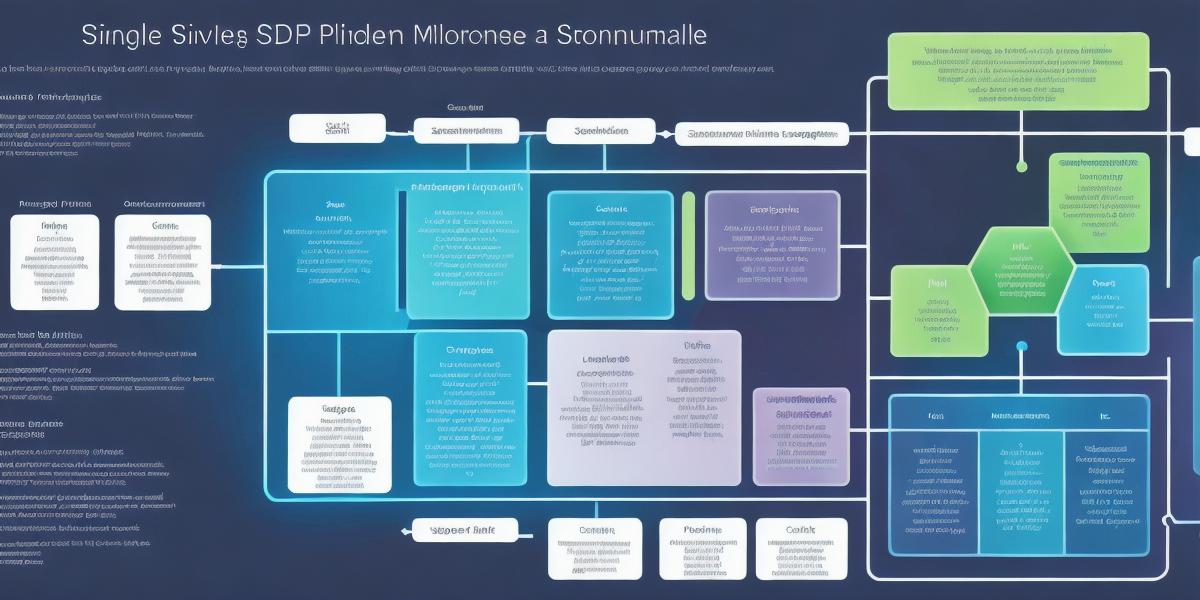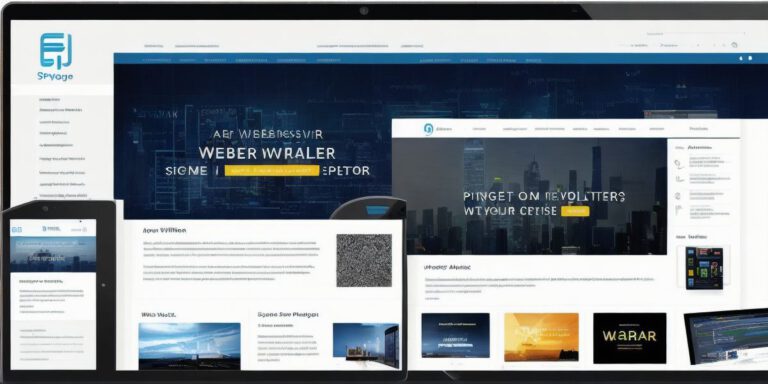Discover the 7 Essential Phases of SDLC for Successful Software Development

Are you a software developer looking to improve your team’s productivity and efficiency? Then you need to understand the 7 essential phases of SDLC (Software Development Life Cycle) that can help you create high-quality software on time and within budget. In this article, we will explore each phase in detail and provide real-life examples and expert opinions to help you make the most out of your software development process.
- Planning and Analysis:
The first phase is planning and analysis, where you define project goals, requirements, and constraints. This phase helps you determine the scope of your project and what resources are required to complete it. You also need to identify potential risks and develop a plan to mitigate them. A well-planned project has a higher chance of success than an unplanned one.2. Design:
The design phase involves creating detailed plans for your software, including its architecture, user interface, and functionality. This phase helps you ensure that your software is scalable, maintainable, and easy to use. You also need to identify any technical issues that may arise during development and develop strategies to overcome them.
3. Implementation:
The implementation phase involves writing the code for your software, testing it, and debugging it. This phase can be time-consuming, but it’s crucial to ensure that your software is functional and meets the requirements defined in the planning and analysis phase. You also need to identify any performance issues and optimize your code to improve its speed and efficiency.
4. Testing:
The testing phase involves verifying that your software meets the requirements defined in the planning and analysis phase. You need to perform various types of tests, including functional, performance, security, and usability tests, to ensure that your software is working as expected.
5. Deployment:
The deployment phase involves installing your software on the target platform or environment. This phase can be complex, especially if you’re deploying your software in a production environment. You need to ensure that your software is secure, reliable, and scalable to handle increasing traffic and demand.
6. Maintenance:
The maintenance phase involves fixing any bugs, errors, or issues that arise after deployment. You also need to update your software regularly to ensure that it remains relevant and functional. Maintenance is an ongoing process that requires careful planning and execution to ensure the success of your software development project.
7. Retirement:
The retirement phase involves retiring your software when it’s no longer needed or when it’s replaced by a newer version. This phase can be emotional for developers who have invested significant time and effort into creating their software, but it’s important to accept that technology changes rapidly, and even the best software needs to be retired at some point.
Summary:
By understanding the 7 essential phases of SDLC, you can create high-quality software on time and within budget. Each phase is crucial to ensure the success of your project, and by following these guidelines, you can optimize your software development process and deliver exceptional results. Remember that software development is a collaborative effort, and everyone involved in the process needs to work together towards a common goal. With effective planning, execution, and communication, you can create software that meets the needs of your users and drives business growth.








